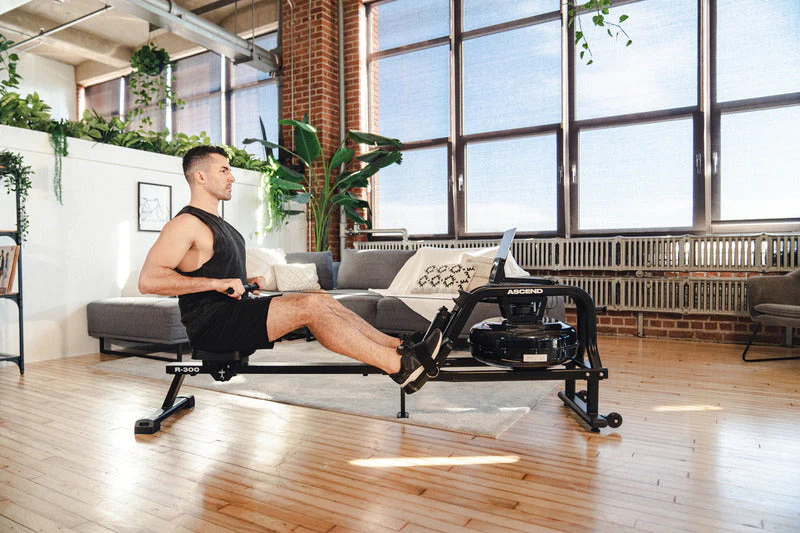Rowing is an excellent exercise for weight loss as it burns calories while providing a full-body workout. It is a low-impact exercise that is particularly beneficial for obese individuals, as it reduces the stress on their joints while helping them achieve their weight loss goals. Using a rowing machine can offer several advantages for obese individuals seeking to lose weight.
Navigator
Low-Impact Exercise
Rowing is a low-impact exercise, so it does not put excessive stress on the joints, making it an excellent option for obese individuals. It can also reduce the risk of injury compared to high-impact exercises such as running, which can be particularly beneficial for individuals who are overweight or obese.
Adjustable Resistance
Rowing machines come with adjustable resistance levels, allowing individuals to tailor their workout to their fitness level. Gradually increasing resistance levels as fitness levels can help prevent injuries and keep activities challenging. This feature is handy for obese individuals with limited mobility or stamina when starting an exercise program.

Cardiovascular Benefits
Rowing is an excellent aerobic exercise that improves cardiovascular health. Consistent use of a rowing machine can increase heart and lung function, reducing the risk of heart disease, stroke, and other chronic illnesses.
Convenience
A rowing machine is a convenient piece of equipment for home workouts. Obese individuals may feel self-conscious about exercising in a public gym, and a home gym setup can provide a safe and comfortable environment for exercise. Having a rowing machine at home also eliminates the need to commute to a gym, making incorporating exercise into a busy schedule more accessible.
The importance of the correct posture to avoid injury
Simply sitting on the rowing machine is not enough. If overweight or obese, you must maintain the proper rowing machine posture to avoid accidental strains and injuries. Start by sitting tall on the machine with your feet securely fastened to the footrests to achieve the correct posture. Your knees should be bent, and your shins should be vertical. Grasp the handle with both hands and keep your shoulders relaxed and away from your ears.
Engage your core by pulling your belly button towards your spine and sitting straight.
As you begin to row, keep your back straight and lean slightly at the end of each stroke, making sure not to round your spine. Finally, ensure your arms are fully extended before pulling the handle towards your chest. By maintaining proper posture throughout your rowing machine workout, you’ll achieve a more effective and safer exercise session.
If you are new to rowing or exercise as an obese person, it’s best to start with shorter sessions, such as 10-15 minutes, and gradually increase the duration as your fitness improves. Aim to row at least 3-4 times a week to see improvement. If you aim to build endurance and improve cardiovascular fitness, you can aim for longer sessions, such as 30-60 minutes. However, listening to your body and gradually increasing your duration is essential to avoid injury. Pay attention to the needs of your body!
